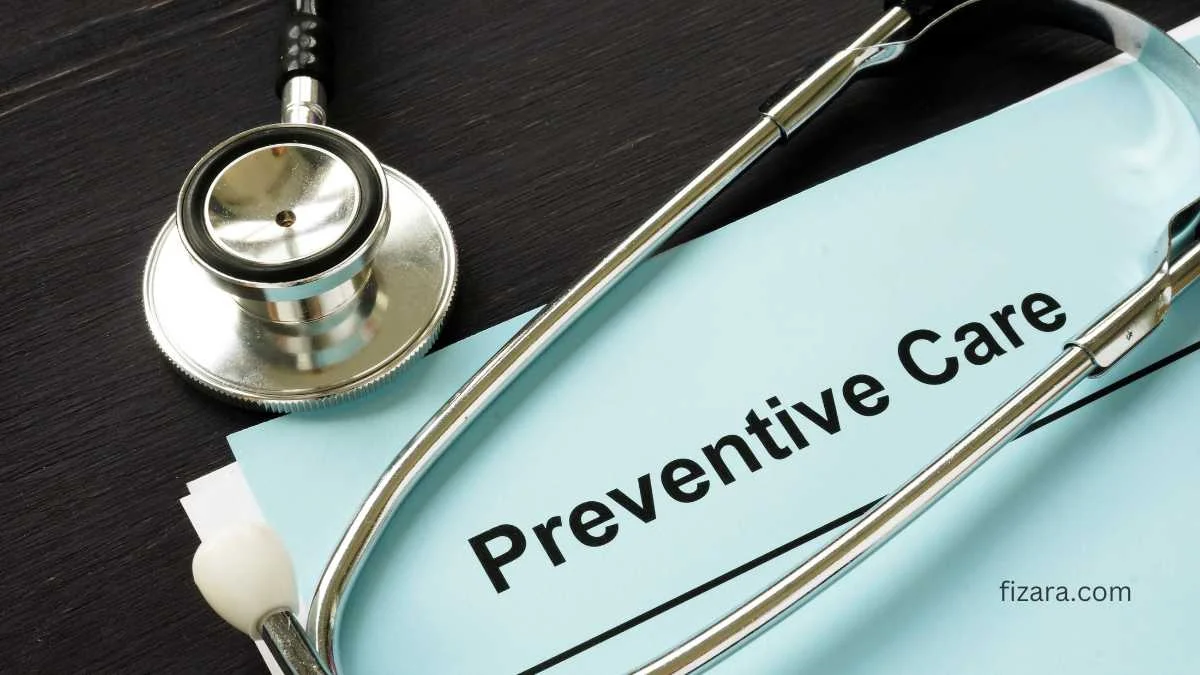In a world where screens dominate our daily lives, maintaining healthy vision has become crucial. Yet, when it comes to eye care, do you know the difference between preventive vs diagnostic?
If you’ve found yourself scratching your head at terms like “preventive eye care” and “diagnostic eye care,” you’re not alone.
This comprehensive guide will shed light on these essential aspects of vision health. We’ll help ensure you have all the knowledge needed to take proactive steps in preserving your sight.
Read on!
Comparing the Purpose
Both preventive and diagnostic eye care are crucial for maintaining healthy vision. But, they serve different purposes.
Preventive care focuses on preventing potential vision problems before they occur. This type of care includes regular eye exams. This can catch any early signs of issues and allow for timely treatment before the problem becomes more severe.
On the other hand, diagnostic care is used to identify and diagnose existing vision problems. It involves specific tests and evaluations. These can provide a thorough understanding of the current state of your eyesight.
This type of care is critical in detecting and diagnosing conditions like:
- cataracts
- glaucoma
- macular degeneration
Considering the Timing
Preventive eye care is typically recommended for people of all ages. This is true even for those without any existing vision problems. Regular eye exams are crucial for maintaining healthy eyesight and catching any potential issues early on.
On the other hand, diagnostic eye care is usually recommended when a person experiences symptoms or has a family history of certain eye conditions. This type of care can also be recommended when a person reaches a certain age. This is because some conditions are more prevalent in older individuals.
Comparing the Outcome
The ultimate goal of preventive eye care is to maintain healthy vision. The goal of diagnostic care is to identify and treat existing issues. If a potential problem is detected during a regular eye exam, treatment can be initiated early on to prevent it from progressing.
In contrast, diagnostic eye care may lead to a specific treatment plan. This can depend on the condition and severity of the problem. This may include:
- prescription glasses or contact lenses
- medication
- eye drops
- surgery
Considering Frequency and Cost
Preventive eye care is recommended at least once a year for people of all ages, while diagnostic care may be needed less frequently. The frequency of diagnostic eye exams depends on individual factors such as age, family history, and symptoms.
In terms of cost, Diagnostic eye care, on the other hand, may not always be covered and can be more expensive depending on the tests and treatments needed.
Whether you are seeing an eye doctor near Layton or anywhere else in the world, understanding the differences in frequency and cost between preventive and diagnostic eye care can help you plan and budget for optimal vision health.
Know the Differences Between Preventive vs Diagnostic Eye Care
Both preventive and diagnostic eye care are essential for maintaining healthy vision. While preventive care focuses on preventing potential issues, diagnostic care is used to identify and treat existing problems.
Understanding the differences between preventive vs diagnostic can help individuals take proactive steps in preserving their sight and seeking appropriate treatment when needed. Remember to schedule regular eye exams and consult with an eye care professional for any concerns or symptoms you may have.
To read more topics, visit our blog. We do have more!









